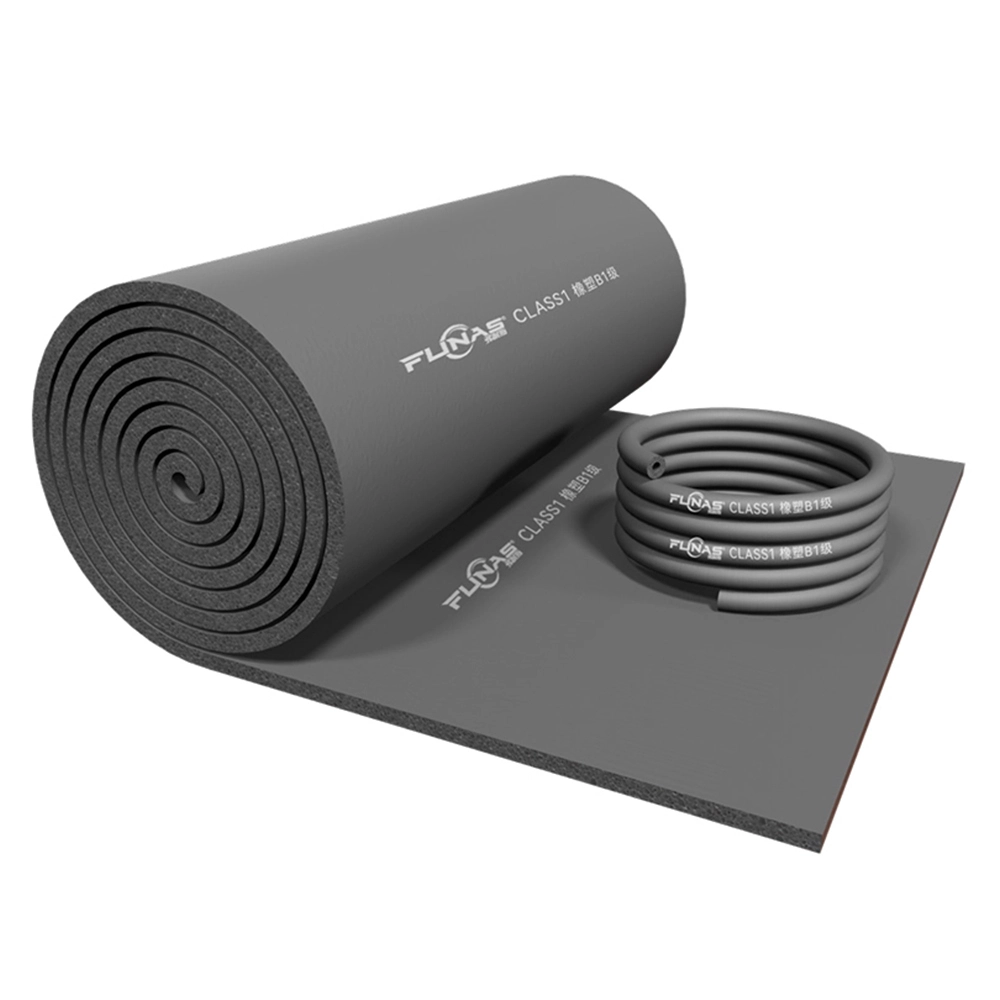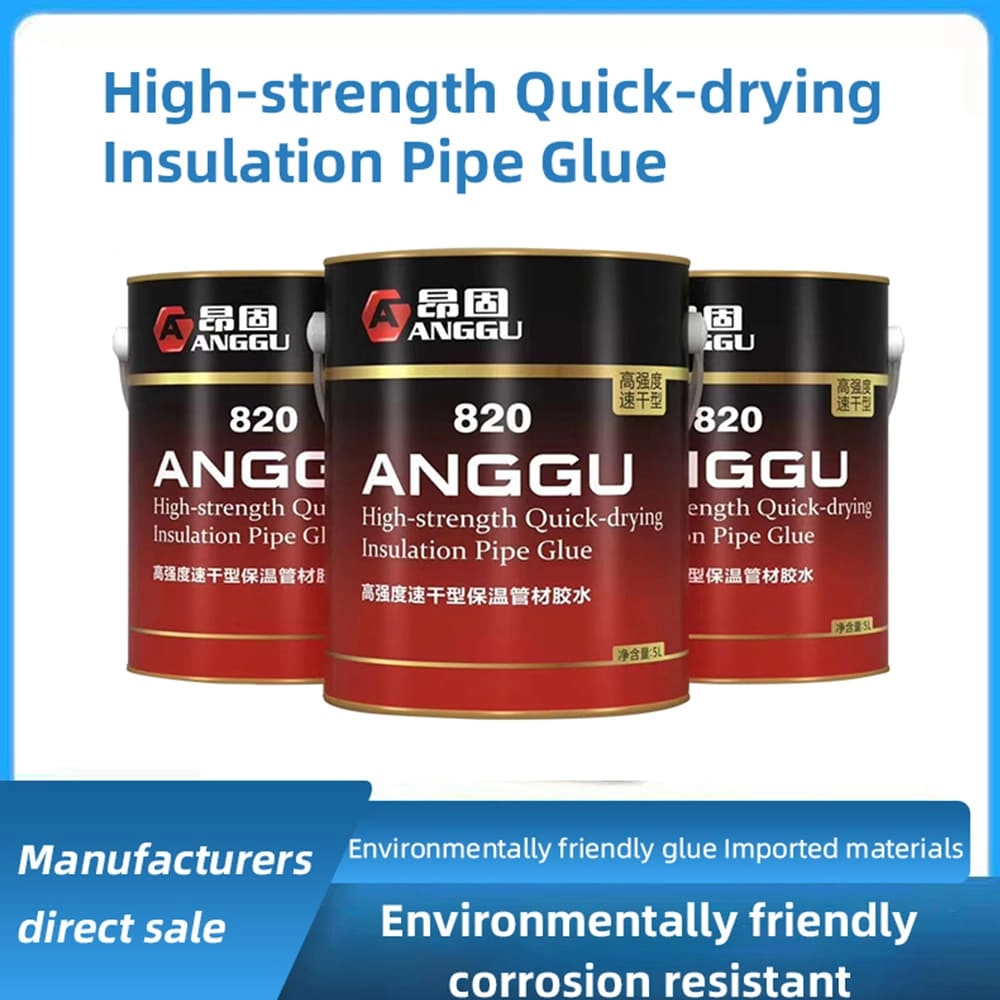What is the difference between fiberglass, foam, and mineral wool insulation? | Insights by FUNAS
Explore the differences between fiberglass, foam, and mineral wool insulation materials, including their thermal performance, fire resistance, soundproofing capabilities, moisture resistance, durability, environmental impact, and cost considerations. Learn how to choose the right insulation for your needs and discover the advantages of FUNAS insulation products.
Understanding Insulation Materials: Fiberglass, Foam, and Mineral Wool
When selecting insulation for your home or building, it's essential to understand the characteristics of different materials. This guide compares fiberglass, foam, and mineral wool insulation, focusing on their thermal performance, fire resistance, soundproofing capabilities, moisture resistance, durability, environmental impact, and cost considerations.
1. Thermal Performance
Fiberglass Insulation: Typically offers an R-value ranging from R-2.9 to R-3.8 per inch of thickness, making it effective at controlling heat transfer.
Foam Insulation: Spray foam insulation provides higher R-values per inch, with closed-cell foam offering R-values around R-6.5 to R-7 per inch, and open-cell foam around R-3.5 to R-4 per inch.
Mineral Wool Insulation: Offers an R-value of approximately R-15 at 3.5 inches, providing superior thermal resistance compared to fiberglass.
2. Fire Resistance
Fiberglass Insulation: While fiberglass itself is not flammable, the resin binder used may be. Most fiberglass products are treated with flame retardants, but they generally do not offer the same level of fire protection as mineral wool.
Foam Insulation: Closed-cell foam is non-combustible, while open-cell foam is combustible and may emit toxic gases when exposed to fire.
Mineral Wool Insulation: Non-combustible and can withstand extremely high temperatures, making it an excellent choice for fire-resistant applications.
3. Soundproofing Capabilities
Fiberglass Insulation: Provides moderate soundproofing, suitable for general noise control in residential applications.
Foam Insulation: Offers limited soundproofing properties, primarily used for thermal insulation.
Mineral Wool Insulation: Superior sound absorption due to its dense and fibrous structure, making it ideal for noise control in walls, ceilings, and floors.
4. Moisture Resistance
Fiberglass Insulation: Can absorb moisture if not properly sealed, potentially reducing thermal efficiency and promoting mold growth.
Foam Insulation: Closed-cell foam is moisture-resistant and does not absorb water, while open-cell foam is more susceptible to moisture.
Mineral Wool Insulation: Does not absorb water, preventing mold and mildew growth, making it suitable for damp or humid environments.
5. Durability
Fiberglass Insulation: Can compress or sag over time, reducing its R-value. Proper installation is crucial to maintain effectiveness.
Foam Insulation: Generally maintains its shape and R-value over time, with closed-cell foam being more rigid and durable.
Mineral Wool Insulation: Resistant to pests and does not degrade with age, maintaining its structural integrity in various environmental conditions.
6. Environmental Impact
Fiberglass Insulation: Made from glass, a non-renewable resource, but many products incorporate recycled glass. The manufacturing process can be energy-intensive.
Foam Insulation: Closed-cell foam is made from petroleum-based products, while open-cell foam uses water-based blowing agents. Both have environmental concerns due to their chemical composition.
Mineral Wool Insulation: Made from natural materials like rock and slag, which are abundant. The manufacturing process is energy-intensive, but mineral wool is recyclable, and many manufacturers use recycled content.
7. Cost Considerations
Fiberglass Insulation: Generally the most cost-effective option, suitable for budget-conscious projects.
Foam Insulation: More expensive than fiberglass, with closed-cell foam being the priciest due to its superior properties.
Mineral Wool Insulation: Tends to be more expensive than fiberglass, mainly due to its superior performance in areas like fire resistance, soundproofing, and heat resistance.
Conclusion
Choosing the right insulation material depends on your specific needs, budget, and environmental considerations. Mineral wool offers superior thermal performance, fire resistance, and soundproofing capabilities, making it ideal for applications where these factors are critical. Fiberglass is a cost-effective option suitable for general insulation needs, while foam insulation provides high R-values and moisture resistance but at a higher cost.
Why Choose FUNAS Insulation Products?
FUNAS offers a range of high-quality insulation products designed to meet diverse needs. Our products are known for their superior thermal performance, fire resistance, and durability. With a commitment to sustainability, FUNAS incorporates recycled materials in our manufacturing process, ensuring an environmentally friendly product. Our insulation solutions are easy to install and maintain, providing long-term comfort and energy efficiency for your home or building.
By choosing FUNAS, you invest in quality, performance, and peace of mind.
Data Sources:

The Ultimate Guide to Glass Wool Insulation 2026

Top 10 Foam Rubber Sheet Manufacturers for Insulation & More

Top 14 Rock Wool Panel Brands: Expert Guide for 2026

Top 10 Insulation Adhesives for Heat & Soundproofing 2026
FAQ
What is the typical delivery time for custom orders?
Our daily production capacity is 800 cubic meters. Delivery time varies depending on the complexity of the insulation material wholesale order, but we can deliver large quantities of customized products within 4-6 weeks after the approval date, and small quantities can be delivered within 15 days.
How to start a consultation?
You can contact us through our website, phone, or email. We will arrange a professional staff to discuss your needs about best thermal insulator and how we can help you.
Can your insulation products be customized?
Yes, we offer customized solutions for insulation material wholesale to meet the specifications of your project, including custom specifications, sizes, foils and adhesives, colors, etc.
What types of rubber foam insulation do you offer?
We offer a wide range of rubber foam insulation with different thicknesses and specifications. Thermal insulation material manufacturer FUNAS sleeves and sheets are suitable for different application scenarios.
You might also like

Black Rubber-plastic Tube Rubber foam pipe wholesale

Wholesale Perfect Fire Resistant Performance High Strength Acoustic Mineral Wool Insulation Rock Wool Roll Panel Plain Slab
Rock wool, that is, a kind of exterior insulation material. When the market share of 90% of the organic thermal insulation materials in the stagnant wait-and-see, as a fire rating of A- class exterior insulation inorganic material rock wool has ushered in an unprecedented market opportunity.

120°Rubber foam high-temperature adhesive
This product has passed the EU REACH non-toxic standard and the ROHS non-toxic standard. (The product is yellow glue.)
Anggu 120 ° rubber-plastic high-temperature glue is an extravagant product, mainly used for various intractable diseases, high temperatures, and harsh and demanding places. This product is a low-odor, high-strength quick-drying glue; table drying speed, long bonding time, no powder, non-toxic, wide range of applications, can be applied to most insulation materials.

Wholesale Rock Wool Mineral Wool Board Panel Sheet
High-performance rock wool board for superior thermal and acoustic insulation. A reliable choice for building projects.
Leave a message
Have any questions or concerns about our products? Please leave us a message here and our team will get back to you promptly.
Your queries, ideas, and collaboration opportunities are just a click away. Let’s start a conversation.


















































